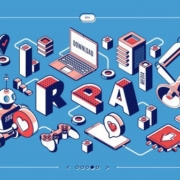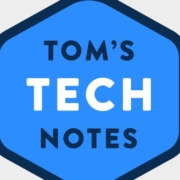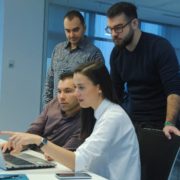Have you ever had one of those unforgettable travel experiences that you just couldn’t help but talk about upon your return? Glad I’m not the only one; however, today I would like to share a particular experience with you, one that may not be what you’d expect. I say that because my excitement wasn’t caused by the country we traveled to, the city we explored, or the attractions we visited. Rather, it was the hotel my family and I stayed at that left such a lasting impression and quickly became an attraction in and of itself.
Over the years I have stayed at many hotels; however, this particular experience quickly became unique from the moment I completed the reservation. Like most people nowadays, I make my travel arrangements online, and while receiving a confirmation email is nothing new, in this instance, I also received a link to download the hotels’ app, an action which entitled us to a discount. Never one to pass up a deal, I downloaded the app, received my discount, and patiently awaited my departure — but things got interesting way before that.
Source de l’article sur DZone









